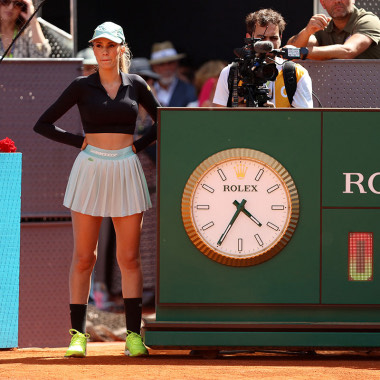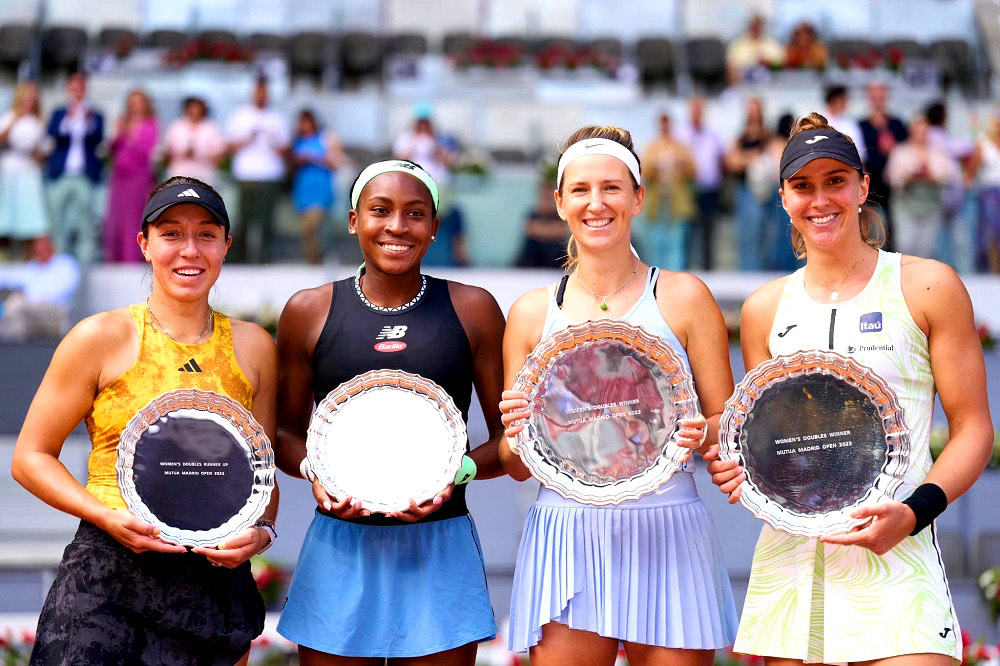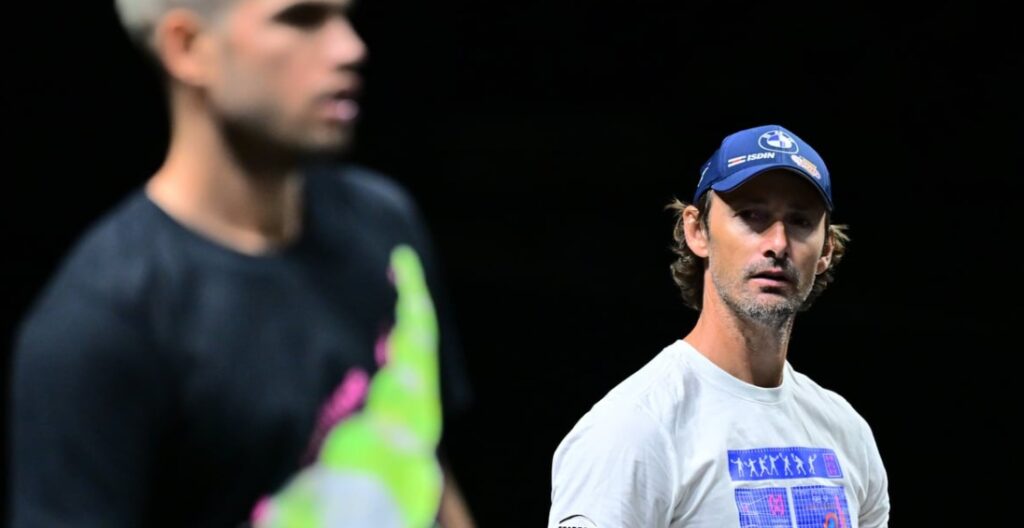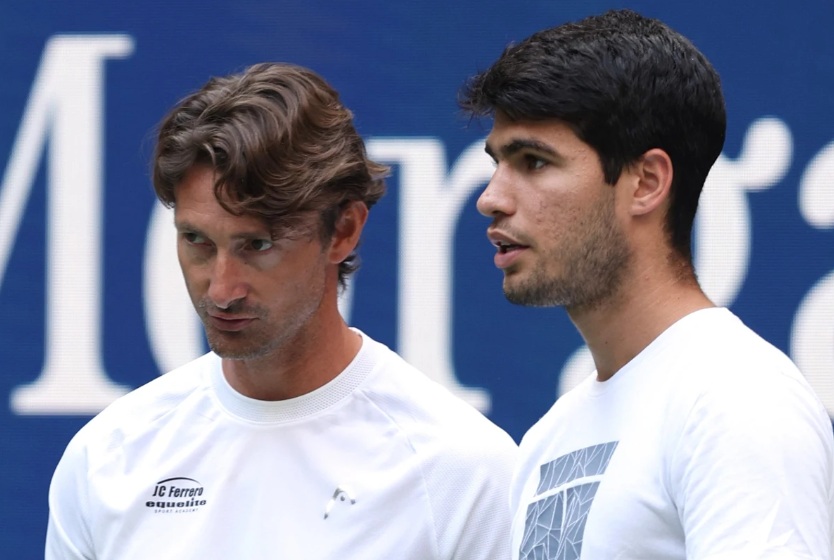As weekend entertainment for tweeters with time to spare, the alleged birthday cake affair may have been attractive, even if its substance and importance were zero: there was nothing to criticise or object to about the Madrid tournament in that respect, Carlos Alcaraz’s cake was as it should be, as were those of Aryna Sabalenka and Holger Rune.
Seriously: forget the birthday cakes and focus on the mute women.
They wouldn’t let us speak, say four women who played in the doubles final in Madrid. And the most surprising thing is that days go by and we don’t know why.
It’s that simple and that strange. Belarus’ Viktoria Azarenka and Brazil’s Beatriz Haddad Maia won the title over Americans Coco Gauff and Jessica Pegula. Online celebrations, cheers, awards ceremony and thank you speeches.
Thank you speeches? No, forget it. None of the four could speak.
Why? Otherworldly enigma.
“The tournament is not commenting on that at this time,” a senior tournament official told CLAY. Asked by CLAY, the WTA would not open its mouth.
Mute women
“We have not been given the opportunity to speak after today’s final 🙁 But thank you to all the fans for supporting us and supporting women’s tennis this week,” Gauff said on her social media.
“It was hard to explain to Leo why mum couldn’t say ‘Hi’ to him at the trophy ceremony,” Azarenka wrote.
“This is unacceptable,” Ons Jabeur wrote.
The truth is that the relationship between Madrid and the women’s world has had its turbulence since the tournament, one of the world’s most important, moved to the Spanish capital in 2002.
Romania’s unique and inimitable Ion Tiriac put his stamp on the tournament and pushed things to the limit in 2012 by dyeing the traditionally orange clay cobalt blue.
The courts were a beauty and the image on television unsurpassed, but something went wrong: the night before the tournament began the surface was bathed in salt with the intention of settling it, but the effect was the opposite. From tennis court to skating rink. With Rafael Nadal leading the opposition to returning to play on such a surface, Tiriac’s blue dream lasted a year.
Those were the same years in which Tiriac, who threatened to play with fluorescent balls, went for another innovation: model ball girls.
Those were the years when social democracy was in power in Spain, and the use of women as “mere objects of adornment” was not well received by the then prime minister, José Luis Rodríguez Zapatero, nor his secretary of state for equality.
Twenty years later, Madrid stumbled over the same stone again in the 2023 edition. “Although in the first rounds it was children who were in charge of picking up the balls on the court, when the big games arrived, the kids were forced to hand over the leading role to models hired by the organisation,” noted the newspaper “El País“.

“While the male models wore an elegant polo shirt with matching cap and navy blue Lacoste Bermuda shorts, the female models took to the court in a cropped polo shirt, i.e. one that ends just below the chest to expose the belly and navel, combined with a pleated mini-skirt also from the same brand.”
That outfit mutated into trousers for the final matches, but what no one expected was that the protagonists would be mute women. By whom, why? No one knows.








